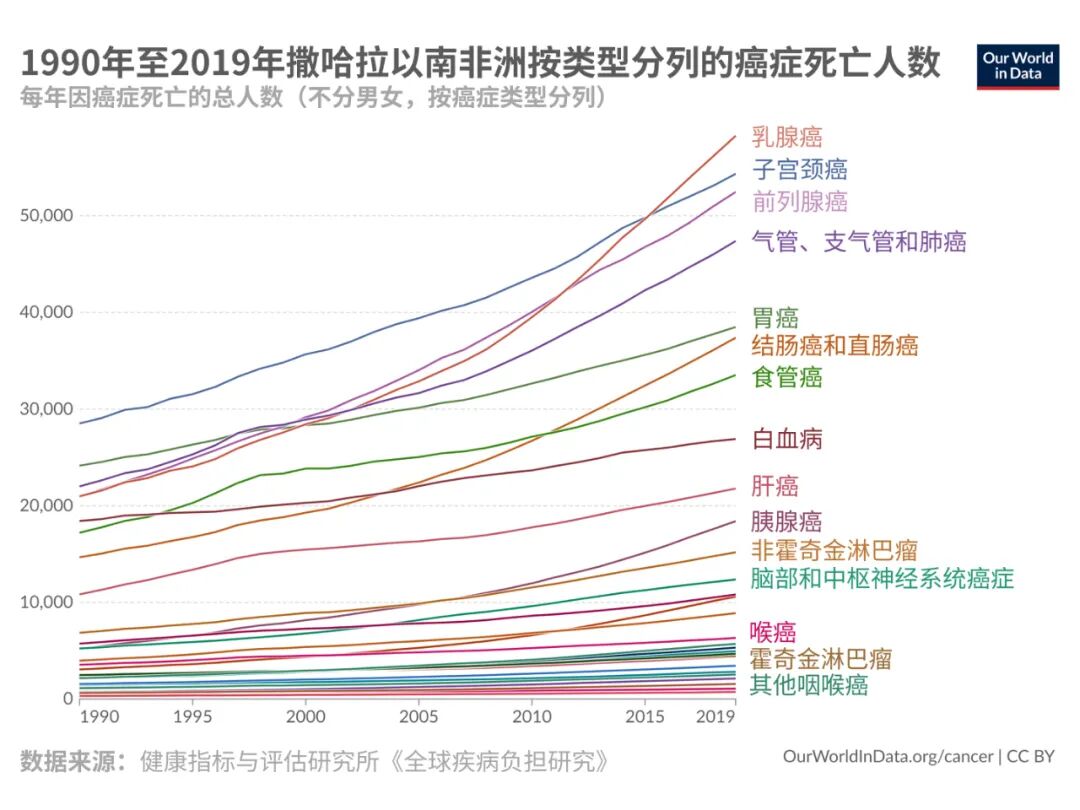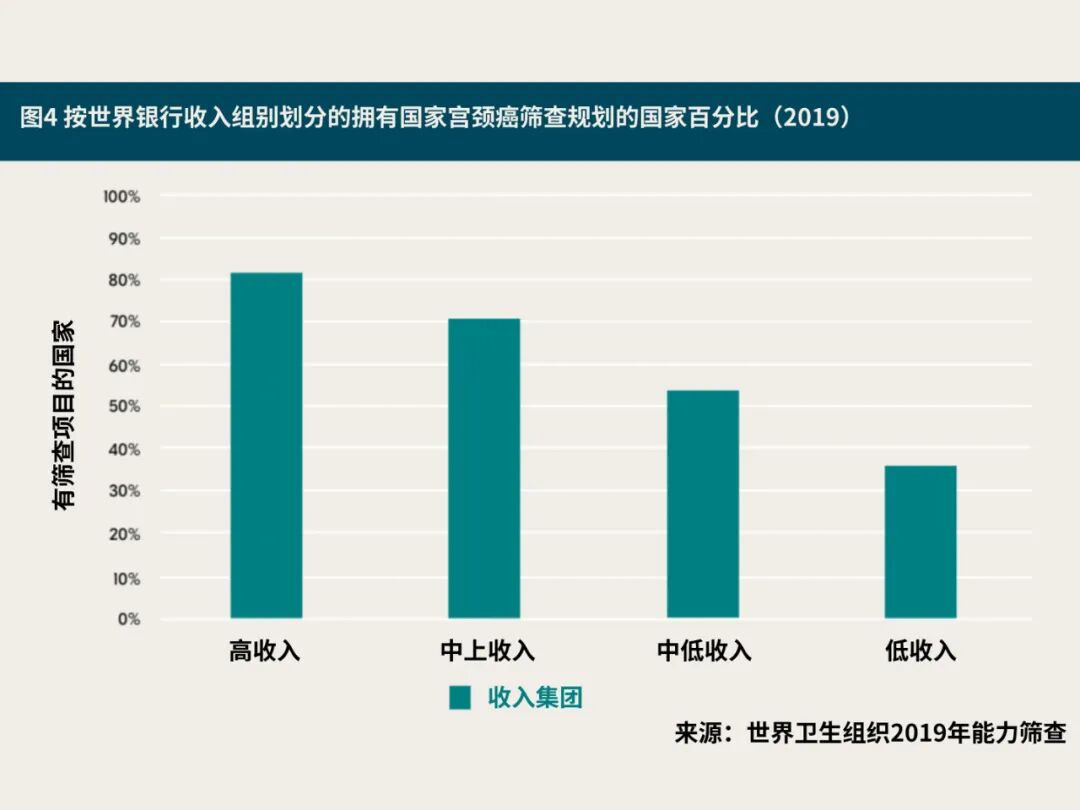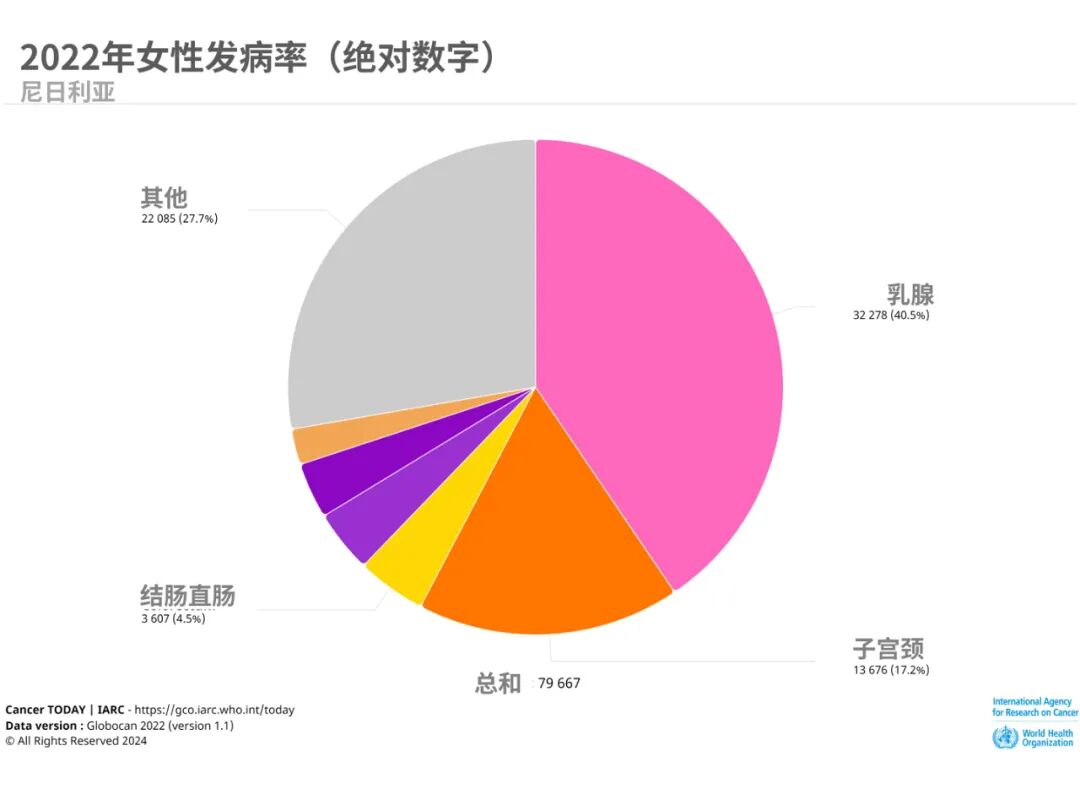Cervical cancer is preventable, yet hundreds of thousands of women still develop the disease each year.
Image source:Unsplash/National Cancer Institute
Kate Whiting
Senior Writer for the Forum Agenda
Every year, hundreds of thousands of women die from cervical cancer. This issue is particularly severe in low-income countries. Yet, it’s a disease that can be prevented.
The World Health Organization has set a goal to eliminate cervical cancer by 2030.
,40%
Image source:Our Data World
Image source:
The World Health Organization has set a goal for 70% of women to undergo high-performance screening by age 35 and again by age 45, by the year 2030.In 2022, a U.S. study surveyed 710 low-income women aged 25 to 64 who were uninsured or covered by public insurance and had not undergone timely cervical cancer screenings as recommended by national guidelines. The research revealed that more than half of the participants (61%) reported facing five or more barriers to getting screened. Common obstacles included lack of insurance, high costs, and insufficient provider recommendations.6. Preventing Cervical CancerPreventive interventions such as screening and HPV vaccination have been shown to effectively reduce the incidence and mortality rates of cervical cancer.An analysis by The Lancet reveals that high-income countries with well-developed population screening and treatment services—such as Sweden, Australia, and the UK—have maintained stable and relatively low incidence rates since around 2005.In May 2024, data from England showed that the HPV vaccine, introduced among 12- to 13-year-old girls since 2008, has led to a 90% reduction in cases.According to Nigeria's news agency, Nigeria's Kwara State has announced a vaccination program aimed at more than 300,000 girls aged 9 to 14. In 2022, cervical cancer was the second most common cancer among women in Nigeria, accounting for 8.9% of cancer-related deaths in the country.Cervical cancer is the second most common cancer among women in Nigeria.
Image source:Global Cancer Observatory
7. Narrowing the cervical health gapEliminating cervical cancer by 2030 and addressing global disparities will require a multifaceted approach, including improving socioeconomic conditions, enhancing access to preventive healthcare services by increasing funding and promoting gender equality.The World Economic Forum's Global Women's Health Alliance has launched the Cervical and Breast Cancer Alliance, partnering with Kenya's Ministry of Health to accelerate access to screening, treatment, and care.The alliance was established during the World Health Assembly as a platform to address Kenya's needs and challenges—and to expand collaboration with other sectors and sub-Saharan African countries.8. Global breakthrough achieved in cervical cancer treatmentIn October 2024, researchers announced the biggest breakthrough in cervical cancer treatment in two decades—a trial conducted across 32 medical centers in Brazil, India, Italy, Mexico, and the UK.The results of the INTERLACE trial showed that administering short-term chemotherapy to cervical cancer patients before initiating standard treatment can reduce the risk of death by 40%.It also reduced the risk of cervical cancer recurring or regrowing after treatment by 35%.According to Cancer Research UK, the charity funding this research, the two chemotherapy drugs used in induction therapy are affordable, widely available, and already approved for use—making it possible for them to become the new treatment standard relatively quickly."This is the biggest improvement in treatment outcomes for this disease in over 20 years," said lead researcher Dr. Mary McCormack. "I’m incredibly proud of all the patients who participated in the trial—they made it possible for us to gather the evidence needed to enhance care for cervical cancer patients around the world."
The above content represents the author's personal views only.This article is translated from the World Economic Forum's Agenda blog; the Chinese version is for reference purposes only.Feel free to share this on WeChat Moments; please leave a comment below the post if you’d like to republish.
Editor: Wang Can
The World Economic Forum is an independent and neutral platform dedicated to bringing together diverse perspectives to discuss critical global, regional, and industry-specific issues.
Follow us on Weibo, WeChat Video Channels, Douyin, and Xiaohongshu!
"World Economic Forum"








